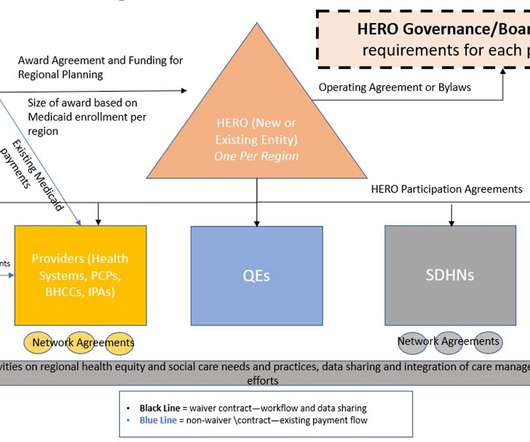Bonus Features – February 18, 2024 – 89% of patients want a single platform for managing their health, 70% of organizations interested in AI plan to adopt solutions from their EHR vendors, plus 27 more stories
Healthcare IT Today
FEBRUARY 18, 2024
News HHS designated two more QHINs : CommonWell Health Alliance and Kno2. eHealth Exchange is launching an incentive program that will waive annual fees for three years to the first five HIEs or state/local public health agencies that agree to exchange public health data. This brings the total number of approved QHINs to seven.























Let's personalize your content